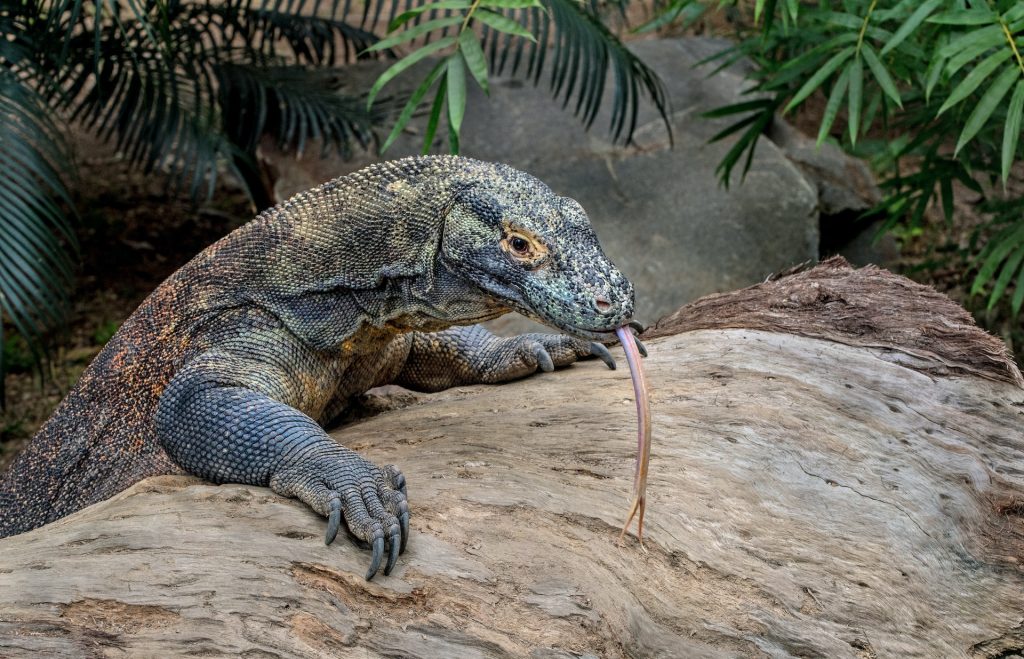In the world of myth and legend, dragons stand as majestic, fire-breathing icons that have captivated the human imagination for centuries. From ancient civilizations to contemporary pop culture, these mythical creatures continue to breathe life into our stories. Join us on a journey through time as we explore the rich history of dragons, from the age of the Greeks to the realms of fantasy fiction.

Origins of Dragon Tales
The idea of dragon tales spans the globe, weaving through the narratives of diverse cultures from the Americas to Europe and from India to China. The roots of dragon lore dig deep into history, with ancient Greeks and Sumerians describing enormous serpents capable of crushing and spewing venom. Dragons, for much of history, embodied the duality of mythical creatures: protective guardians and perilous adversaries.
The narrative shifted with the spread of Christianity, as dragons took on a sinister role, symbolizing Satan. The medieval interpretation painted dragons as malevolent entities, often drawing inspiration from biblical descriptions like the monstrous Leviathan. This transformed perception laid the groundwork for dragons as adversaries to be vanquished.
The Ever-changing Face of Dragons
While the concept of dragons remains universal, their appearances and characteristics vary widely. Grunge notes the diversity in depictions: winged or wingless, fire-breathing or silent, speaking or mute, and ranging in size from a few feet to sprawling miles. Folklorist Carol Rose highlights their composite nature, borrowing features from various beasts, resulting in the head of an elephant in India or a lion/bird of prey in the Middle East.
Zoologist Karl Shuker’s exploration in “Dragons: A Natural History” further reveals the spectrum of dragon-like beings, encompassing giant snakes, hydras, gargoyles, and dragon-gods. Dragons, it seems, adapt to cultural and literary expectations, evolving into chameleons of myth.

Dragons in Modern Imagination
Dragons continue to thrive in modern storytelling, fueling the realms of fantasy books and films. From the family-friendly “How to Train Your Dragon” to the adult-oriented “Game of Thrones” to its prequel “House of the Dragon” and J.R.R. Tolkien’s “The Hobbit,” dragons dominate our screens and imaginations. Games like Advanced Dungeons and Dragons add layers of complexity, defining dragon varieties with unique personalities and powers.
The term “dragon” itself, originating from the ancient Greek “draconta” meaning “to watch,” holds symbolic weight. Dean Miller suggests that dragons guard symbolic treasures, rewarding valiant warriors instead of hoarding riches themselves. The concept of dragons as formidable adversaries persists, cast primarily in mythology to be challenged and conquered.
Dragons in Religious Symbolism
In Christian tradition, dragons took on a role representing Satan, paving the way for legends of dragon-slaying saints. St. George the Dragon Slayer, a celebrated figure, epitomizes this theme. His legendary feat of rescuing a town from a menacing dragon, marked by faith and bravery, leads to the conversion of the town to Christianity. Dragons became symbolic foes, creating opportunities for saints, knights, and hobbits to rise as heroes.
Even more intriguingly, legends propose a literal use of dragon’s teeth to raise armies. Michael Page and Robert Ingpen’s “Encyclopedia of Things That Never Were” humorously outline the method, involving dragon teeth sown into the ground to spawn armored soldiers ready for battle.
From Myth to Reality
While dragons in their traditional, mythical form may remain a product of imagination, echoes of these legends surfaced with the discovery of Komodo dragons. Sailors returning from Indonesia in centuries past reported encounters with dragons – the Komodo dragon, a formidable monitor lizard. These tales, while rooted in reality, added a touch of mystery to the mythical lore.
As we navigate the rich tapestry of dragon history, it becomes evident that dragons, whether in myth or reality, have left an indelible mark on human storytelling. Through the ages, they have transformed, adapted, and continued to spark our collective imagination, ensuring that the fire of dragon tales burns brightly in the human psyche.

In our exploration of dragons, we unveil a tale that transcends cultural boundaries and spans millennia. From ancient civilizations to contemporary fantasies, dragons persist as symbols of awe and fear, wonder and danger. As we embrace the mythical chameleons that are dragons, we recognize their role as timeless storytellers, weaving narratives that echo through the ages. The flames of dragon lore continue to flicker, lighting the way for new generations to embark on enchanting journeys into the realms of imagination.





